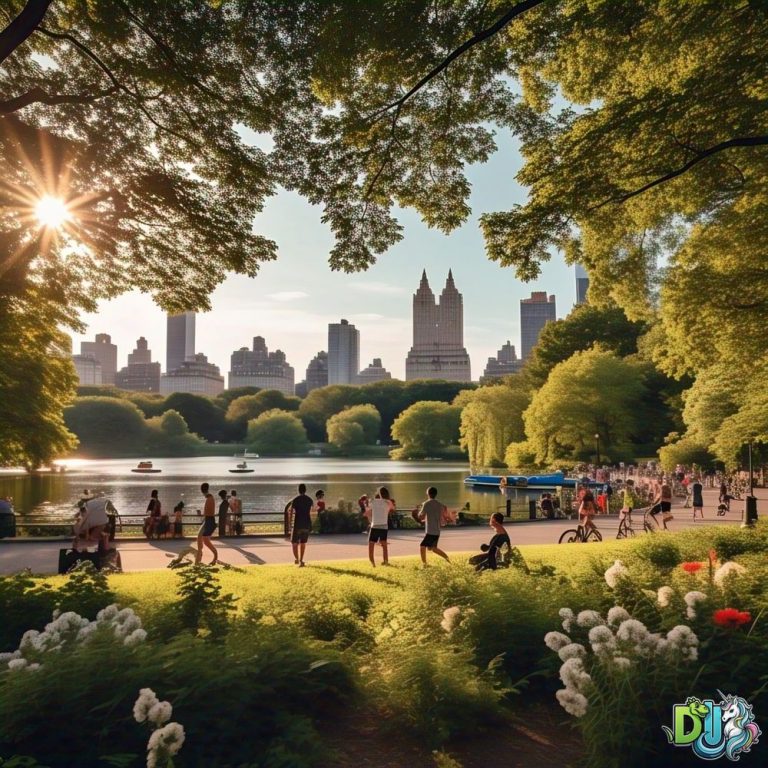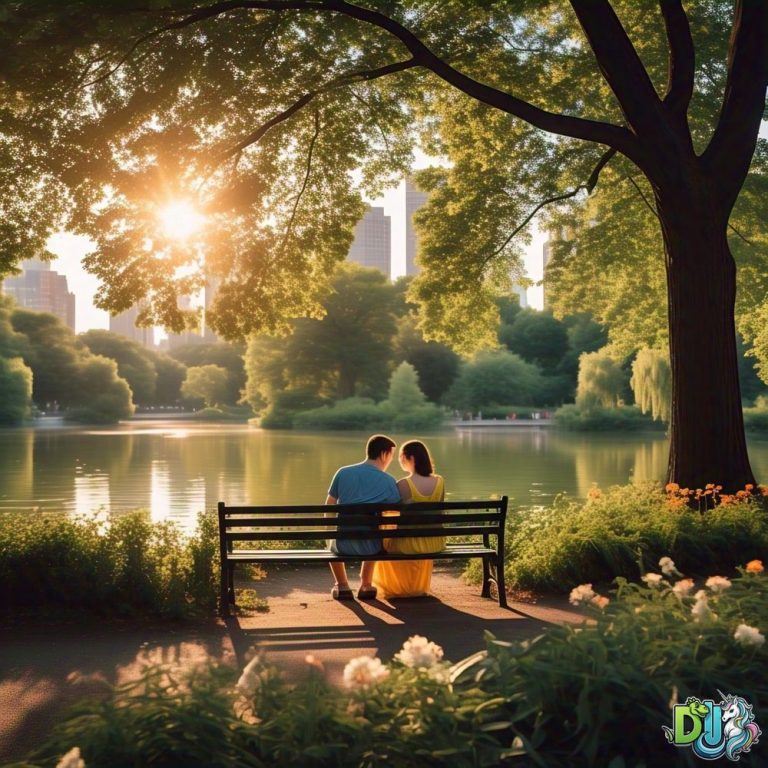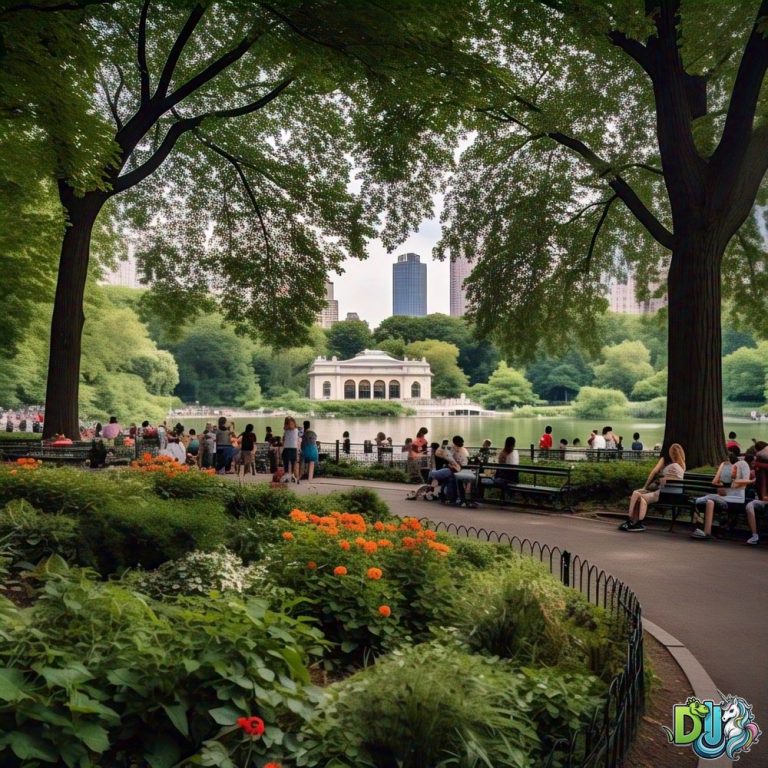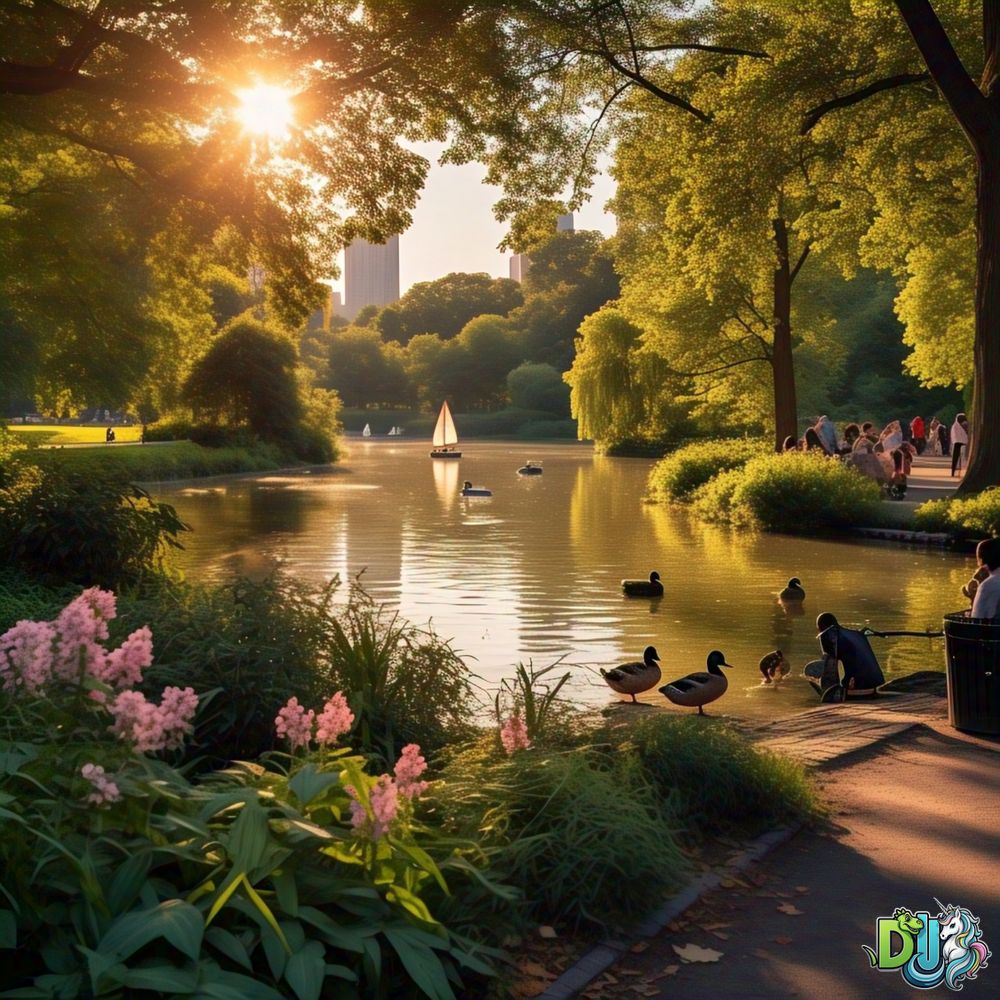Blog
How Big Is Central Park?
How Big Is Central Park? Everything You Need to Know About Its Size and Dimensions
Central Park, located in the heart of Manhattan, New York City, is one of the most iconic urban parks in the world. Its vast landscape offers a natural escape for millions of residents and visitors. But exactly how big is Central Park? Let’s explore its dimensions, geographical layout, and historical significance to answer this common query.
Central Park’s Size and Dimensions
Total Area of Central Park
Central Park spans an impressive 843 acres, making it one of the largest urban parks in the United States. To put that into perspective, it covers approximately 1.317 square miles or 3.41 square kilometers. This vast area provides a wide variety of landscapes, from open grassy fields to wooded areas and picturesque water bodies.
Comparison to Other Parks
To better understand the size of Central Park, it’s helpful to compare it to other well-known parks around the world and within the United States:
- Central Park vs Prospect Park: Central Park is nearly double the size of Prospect Park in Brooklyn, which covers approximately 526 acres.
- Central Park vs Golden Gate Park: San Francisco’s Golden Gate Park is slightly larger, covering 1,017 acres.
- Central Park vs Hyde Park: London’s Hyde Park is only 350 acres, making Central Park more than twice as large.
- Central Park vs Bois de Boulogne: Paris’ Bois de Boulogne spans about 2,090 acres, significantly larger than Central Park.
These comparisons highlight Central Park’s unique position as a large yet culturally and architecturally significant urban park.
Detailed Measurements of Central Park
Length and Width
- Length: Central Park stretches approximately 2.5 miles (4 kilometers) from north to south. This makes it possible to enjoy a lengthy walk or bike ride without ever leaving the park.
- Width: The park spans about 0.5 miles (0.8 kilometers) from east to west.
Perimeter Measurements
The total perimeter of Central Park is roughly 6 miles (9.6 kilometers). This distance makes it a popular route for joggers, cyclists, and marathon training enthusiasts. The paths surrounding the park offer scenic views and well-maintained surfaces.

Geographical Layout of Central Park
Boundaries of Central Park
Central Park is bounded by:
- Central Park North (110th Street)
- Central Park South (59th Street)
- Central Park West (Eighth Avenue)
- Fifth Avenue (East Side)
These major streets provide easy access to the park from all directions, making it a central hub for leisure and recreation.
Division into Sections
Central Park is typically divided into three main sections:
- North End: Known for its more natural landscapes and peaceful atmosphere, the North End is home to the Harlem Meer and the North Woods.
- Mid-Park: This section features some of the park’s most iconic attractions, including Bethesda Terrace, the Ramble, and the Jacqueline Kennedy Onassis Reservoir.
- South End: The busiest area of the park, the South End includes Sheep Meadow, the Central Park Zoo, and Wollman Rink.
Comparative Analysis
Central Park’s Ranking Among New York City Parks
While Central Park is the most famous, it isn’t the largest park in New York City. That title belongs to Pelham Bay Park, which covers over 2,700 acres. Other large parks in the city include:
- Van Cortlandt Park: 1,146 acres
- Flushing Meadows-Corona Park: 898 acres
Despite not being the largest, Central Park remains the most visited and iconic.
Global Comparisons
Comparing Central Park to other major urban parks worldwide provides context for its size and significance:
- Stanley Park (Vancouver): 1,001 acres
- Phoenix Park (Dublin): 1,750 acres
- Englischer Garten (Munich): 910 acres
Central Park’s size, combined with its location in the densely populated Manhattan, makes it a unique green space.

Historical Context of Central Park’s Size
Original Design and Land Acquisition
Central Park was designed by Frederick Law Olmsted and Calvert Vaux in the 1850s. The park’s initial construction required the acquisition of hundreds of acres of land, much of which was rocky and unsuitable for development.
Expansions and Modifications
Over the years, various modifications have been made to enhance the park’s layout while preserving its original design principles. Significant changes include the addition of new pathways, the creation of the Conservatory Garden, and the restoration of historic structures.
Impact of Central Park’s Size on Visitor Experience
Diverse Landscapes
Central Park’s vast size allows for a variety of landscapes, including:
- Open meadows: Perfect for picnics and recreational activities.
- Wooded areas: Provide a serene escape from the hustle and bustle of the city.
- Lakes and ponds: Offer opportunities for boating and wildlife observation.
- Formal gardens: Such as the Conservatory Garden, which features beautifully landscaped flowers and plants.
Popular Activities and Attractions
Due to its large size, Central Park offers something for everyone:
- Recreational Activities: Running, cycling, and boating are popular activities.
- Cultural Attractions: The Central Park Zoo, Delacorte Theater, and Belvedere Castle draw visitors year-round.
- Relaxation Spots: Sheep Meadow and Strawberry Fields are ideal for unwinding and enjoying nature.
- Seasonal Events: Concerts, ice skating, and guided tours are just a few of the events hosted in the park.

Frequently Asked Questions (FAQs)
1. How many acres is Central Park?
Central Park covers 843 acres, making it one of the largest urban parks in the United States.
2. How long does it take to walk around Central Park?
Walking the full perimeter of Central Park, which is approximately 6 miles, can take about 2 to 3 hours depending on your pace.
3. Is Central Park the largest park in New York City?
No, the largest park in New York City is Pelham Bay Park, which spans over 2,700 acres.
4. What is the width of Central Park?
Central Park is about 0.5 miles (0.8 kilometers) wide.
5. How does Central Park compare to other famous parks?
Central Park is larger than London’s Hyde Park but smaller than San Francisco’s Golden Gate Park.
6. Why is Central Park so famous despite its size?
Central Park’s fame is due to its cultural significance, beautiful design, and iconic attractions featured in numerous films and TV shows.
7. Can you cycle around the entire park?
Yes, there are designated cycling paths around the park’s perimeter, making it a popular destination for cyclists.
8. What are some hidden gems within Central Park?
Some hidden gems include the Shakespeare Garden, the North Woods, and the secluded pathways of the Ramble.
9. Is Central Park open year-round?
Yes, Central Park is open to the public year-round, with seasonal activities available throughout the year.
10. Are there guided tours available in Central Park?
Yes, guided tours are offered by various organizations, including walking tours, bike tours, and historical tours.
Conclusion
Central Park’s 843 acres of lush landscapes and diverse attractions make it one of the most remarkable urban parks in the world. Whether you’re planning a visit, researching its dimensions, or simply curious about its size, this expansive green oasis offers endless opportunities for exploration and enjoyment. Its unique blend of natural beauty, cultural landmarks, and historical significance cements its status as a treasured landmark in New York City and beyond.
Please visit Dinounicorn.com or Freshmilktee.com to support us. Thank you!
 Skip to content
Skip to content

